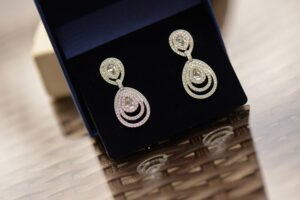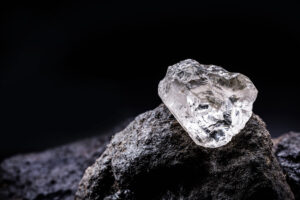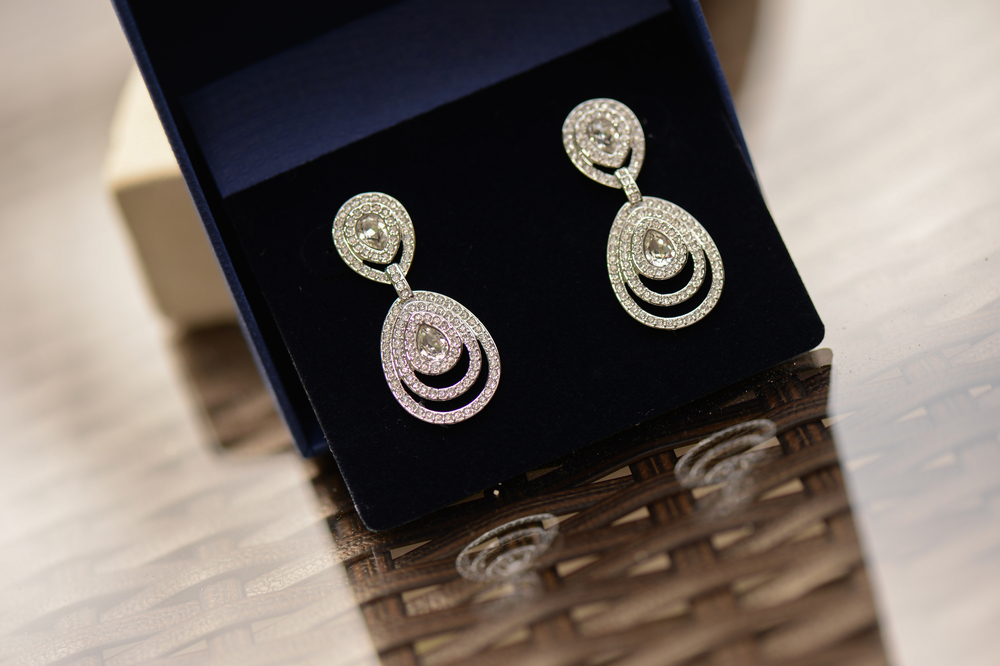
Artificial diamonds, commonly referred to as lab-grown or synthetic diamonds, have gotten more and more difficult to differentiate from genuine diamonds as technology has advanced. However, some traits and testing procedures can aid in separating the two. This essay will examine the fundamental distinctions between synthetic and real diamonds, offering helpful information for both consumers and jewelry industry experts.
Physical Appearance
A diamond’s physical characteristics might offer preliminary hints concerning its provenance. Natural diamonds frequently have distinctive features like inclusions, color variations, and growth patterns that develop over millions of years under intense pressure and heat. Artificial diamonds, on the other hand, could display a higher degree of perfection, homogeneity, and absence of imperfections. It’s vital to keep in mind that certain natural diamonds can also have outstanding clarity and lack of inclusions, making a conclusion based only on visual examination inadequate.
Gemological Testing
Differentiating between natural and artificial diamonds requires extensive gemological testing. Jewelry industry experts assess a diamond’s qualities and attributes using specialized tools and methods. The most typical test is one that examines a diamond’s heat conductivity using a diamond tester. Due to their various development processes, natural diamonds have a high thermal conductivity while artificial diamonds have a lesser conductivity. Quickly determining the nature of a diamond is possible with diamond testers.
Advanced Testing Techniques
Advanced procedures are used to further distinguish between real and artificial diamonds when normal gemological testing is unsatisfactory. Spectroscopy, more especially infrared and ultraviolet-visible spectroscopy, is one such method. These methods examine a diamond’s light reflection and absorption at various wavelengths, revealing its distinct spectral fingerprint. Experts can identify the provenance of a diamond by comparing its spectral data to well-known databases. Examining a diamond’s fluorescence is another cutting-edge testing technique. Under UV light, natural diamonds frequently have specific fluorescent characteristics, but artificial diamonds could show other patterns or no fluorescence at all. This investigation might reveal important details regarding the genuineness of a diamond.
Certification And Grading

When in doubt, getting certification from trusted gemological labs may provide you confidence and peace of mind. The grading and certification of diamonds is a specialty of organizations like the Gemological Institute of America (GIA) and the International Gemological Institute (IGI). These organizations inspect diamonds and produce thorough assessments of their authenticity, provenance, and quality using cutting-edge techniques and rigid regulations. The likelihood of unintentionally obtaining synthetic diamonds can be considerably decreased by working with a competent gemologist or buying diamonds with established certifications.
Ongoing Technological Advancements
The sophistication of detecting techniques increases as artificial diamond production technology rises. The ability to differentiate between synthetic and real diamonds is continually being improved by academics and experts in the business. These developments make use of sophisticated imaging methods, spectroscopic techniques, and artificial intelligence algorithms. As a result, further advancements in the capacity to distinguish between natural and synthetic diamonds are anticipated.
